Time to shine Capsule Wardrobe – Fabric tips
To give your wardrobe a bit more shine, the choice of the fabric is important. In my opinion, there are five fabric types that will definitely add some cachet to your capsule wardrobe. Fabrics with a luxurious look or literally shine. You will see four of these five fabrics in my Time to shine capsule wardrobe. They are usually not the easiest fabrics to work with, but with the help of the tips in this blog it will certainly be a bit easier.
Lees de blog in het Nederlands, klik hier Lesen Sie den Blog auf Deutsch, klicken Sie hier
Satin
Satin is characterized by its luxurious glossy texture. Hello Time to shine! The following tips will help you master the slippery satin.
Slippery
Satin has a a nice flow, but is therefore also smooth and a bit more difficult to process. In addition, when processing this kind of smooth fabric, I often notice that the fabric quickly becomes nicked when my hands are a bit dry. To prevent this, I use latex gloves if there are hooks on my hands or nails.
Cutting
Because of the tendency to slide, I cut this fabric with a rotary cutter instead of scissors. When I notice that the folded fabric does not stay in place enough during cutting, I just cut unfolded. To do this, I mirror the pattern pieces that should lay to the fabric fold and I cut the other parts twice (Note: cut left and right pieces).
Stay stitch
Before you start processing the pattern pieces, it is smart to stabilize them in some places using stay stitching. Stitch with length 2-2.5 just in the seam allowance in the curvy parts of te pattern to prevent distortion. You do this, for example, in the neckline and armholes. It really makes a big difference when you do this. Especially if the pattern pieces are cut on the bias grain in certain places.
Needle and pins
Start your Time to shine satin project with a new microtex needle. Pinning is best with sharp and/or extra fine pins. To prevent sliding you use a lot of pins. Don’t pin too far ahead as they will slide out of your fabric quickly.
Ironing
When ironing the fabric, always use a thin cloth between the iron and the fabric and iron without steam to prevent stains.
Velour
You have velour or velvet with and without stretch. The fabric that you will see in the Time to shine capsule wardrobe is stretch velour. The following tips will help you in processing this (stubborn?) fabric.
Nap
Velor has a distinct nap. You can feel this when you run your hand over the fabric. If it feels smooth, you run with the nap. If it feels rough, you run against the nap. In cutting the fabric it’s important that you place the pattern pieces against the nap. From top to bottom it feels rough and seems the darkest shade of the fabric. If you do this differently for the pattern pieces, you will see a difference in colour.
The distinct nap causes the fabric to tend to shift during processing. Watcht it
Cutting
My experience is that it’s best to place the pattern on the inside of the fabric. When placing the pattern on the fabric, watch the nap and whether you are cutting left and right parts. If you process the fabric folded, it tends to slide over each other. Worst case scenario, you will have uneven pattern pieces. If you choose stretch velour or velvet instead of regular (non stretch), you still can be lucky. Stretch velour is quite forgiving in terms of final fit, ordinary velour or velvet isn’t…
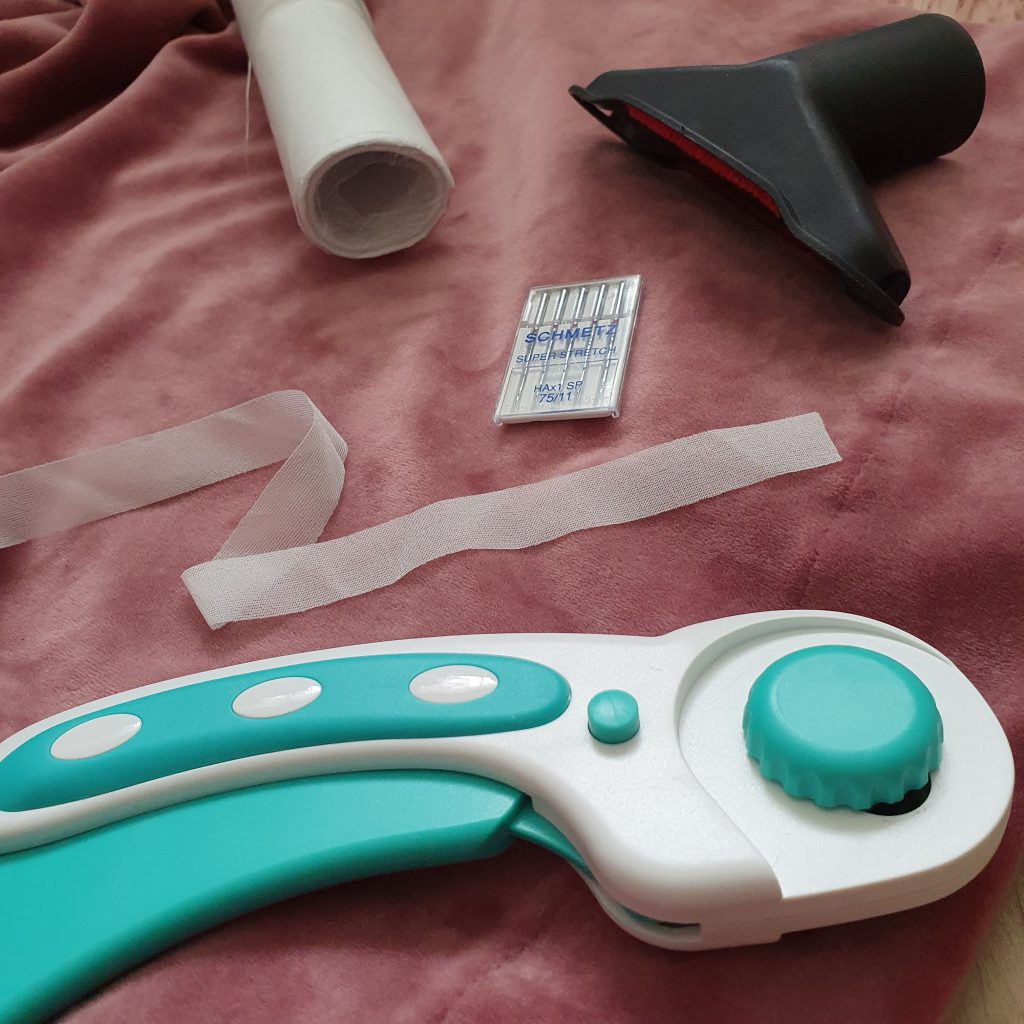
Ideally, use a rotary cutter and cut the pattern pieces. With a rotary cutter, the fabric remains better in place. In any case, use (a lot of) pins and not pattern weights.
Keep the vacuum cleaner close by, because the hairs from the cut velour fabric will soon be all over your house…
Needle and pins
It’s advisable to use a lot of pins when assembling your garment. During sewing itself, the fabric still tends to shift, especially if you sew right sides together. When you pin the fabric, position the pins perpendicular to the sewing direction. Only remove the pin at the last minute (or sew over it, if you dare ;-)).
For sewing stretch velour, I use super stretch needles, but a regular stretch needle is also alright.
Ironing
Ironing tips: Be careful when ironing this fabric, always use a (damp) ironing cloth. Do not iron too hot or with too much pressure. Iron seam tape in the shoulder, neck and possibly armhole seams.
Sequins
As far as I’m concerned, fabric with sequins equals glamour and can therefore not be missed in the Time to shine capsule wardrobe. A few useful tips:
Cutting
Cut the fabric with old fabric scissors and cut pattern pieces with a wide seam allowance. Mark the pattern with basting thread to the single pattern pieces. Cut away all the sequins along the basting thread. In some places you even remove all the sequins in the seam allowance. For example in a sleeve cap or dart. Make sure that you do not cut the threads with which the sequins are attached to the fabric, but only cut away the sequins. Otherwise, a whole chain of sequins may come off.
Cut away sequins
Use small hobby scissors and tweezers to cut the sequins. Wear glasses if you notice that the sequins have a tendency to ‘pop out’. It is a time consuming job to free all stitching lines from sequins. If you don’t do this, and if you sew over the sequins, the seams will be sharp, which of course isn’t comfortable. For a first sequins project, choose a pattern with not too many seams. Learned that the hard way
Needle
Match your needle choice to the fabric base under the sequins. If this is a mesh fabric, use a jersey/ballpoint needle. If this is stretchy fabric, use a stretch needle. For any topstitching over the sequins, use a thin universal or microtex needle that easily sews through the sequins. With the latter, assume that a few needles will break. So make sure you have some spare needles.
Finnishing
Seams of sequins on the inside do feel comfortable. Finish the seams with a trim or better yet, line the garment. If there are some visible gaps, re-sew some sequins by hand.
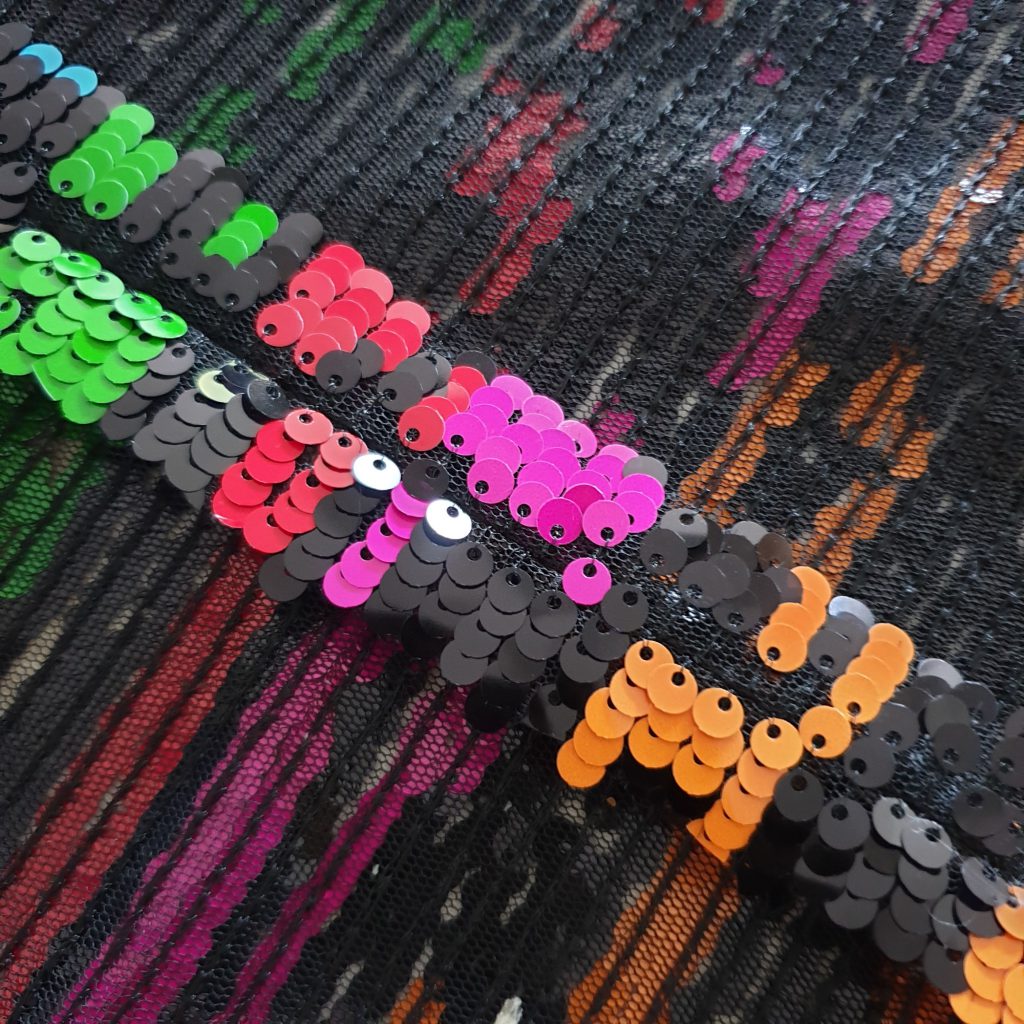
Seams on the inside can be carefully ironed. Finish them with a trim or use a lining in your garment
Ironing
Ironing is possible, provided that the temperature is adjusted (read: low) and with the help of an ironing cloth.
Imitation leather
For working with imitation leather I refer you to one of my previous blogs. You can read more tips about working artificial leather here (in Dutch, so hit that translation option ?)
Fake fur
Fabric with allure is certainly fur fabric. fake fur of course! There are currently two fur jackets in my wardrobe and that is why I will not include this fabric in this capsule wardrobe. Do you want incorporate fake fur? Then take note of the following tips.
Nap
Just like with velour, with fur you also have take into account the nap of the fabric. Ofcourse.. For a nice transition of the nap in all pattern pieces, place the pattern pieces with the nap on the fabric: from top to bottom the hairs fall down.
Cutting
The best way is not to cut the fabric with scissors or a rotary cutter, but to cut it with a razor blade (see picture). You use it on the back of the fabric. With the blade you carefully only cut through the fabric and not through the hairs. Then carefully pull the pattern pieces apart. Do you want to scissors? Cut the fabric with the hairs pointing downwards and, as it were, scrape along the underside of the fabric with the tip of the scissors and cut without cutting the fur hairs. Get it?
You just cut one pattern pieces at the time. It is easiest if you transfer the pattern pieces to the fabric with a (vanishing) marker. Then you can mindfully cut the pattern pieces.
Needle, pins and masking tape
Use a universal needle and long pins. When pinning the pattern pieces, push the hairs away from the seam as much as possible so that you don’t sew over them. Pin perpendicular to stitching line.
Any hair that has been stitched in can be carefully pulled out of the stitching at the front by scraping along the stitching line with a pin. To completely prevent your hairs being caught stitching, you can tape them with masking tape.
After stitching, cut as much hair as possible from the seam, so that the seams do not become too bulky. When cutting fur fabric, it is again useful to have the vacuum cleaner on standby.
Follow my process of making the Time to shine capsule wardrobe here on the BERNINA blog or via Instagram.
Love,
Marlies
 BERNINA Corporate Blog -
BERNINA Corporate Blog -
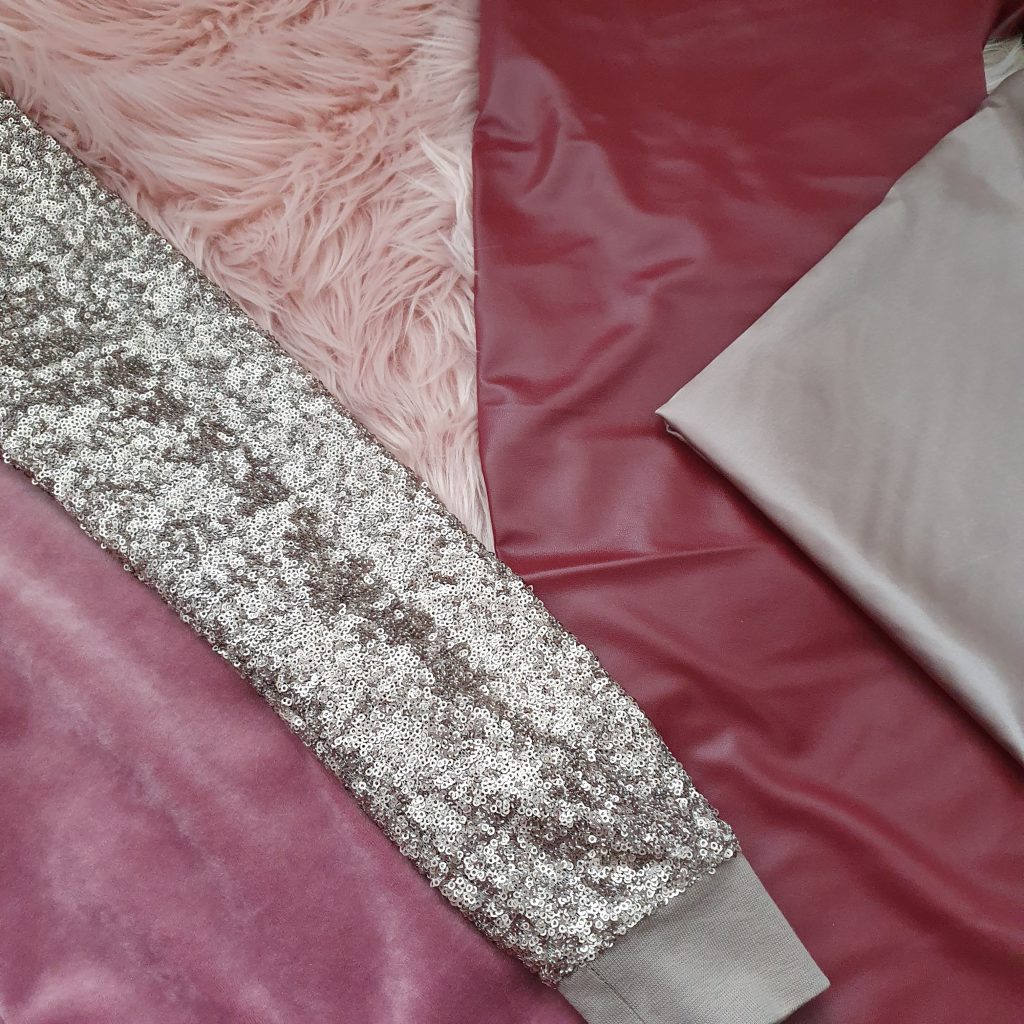
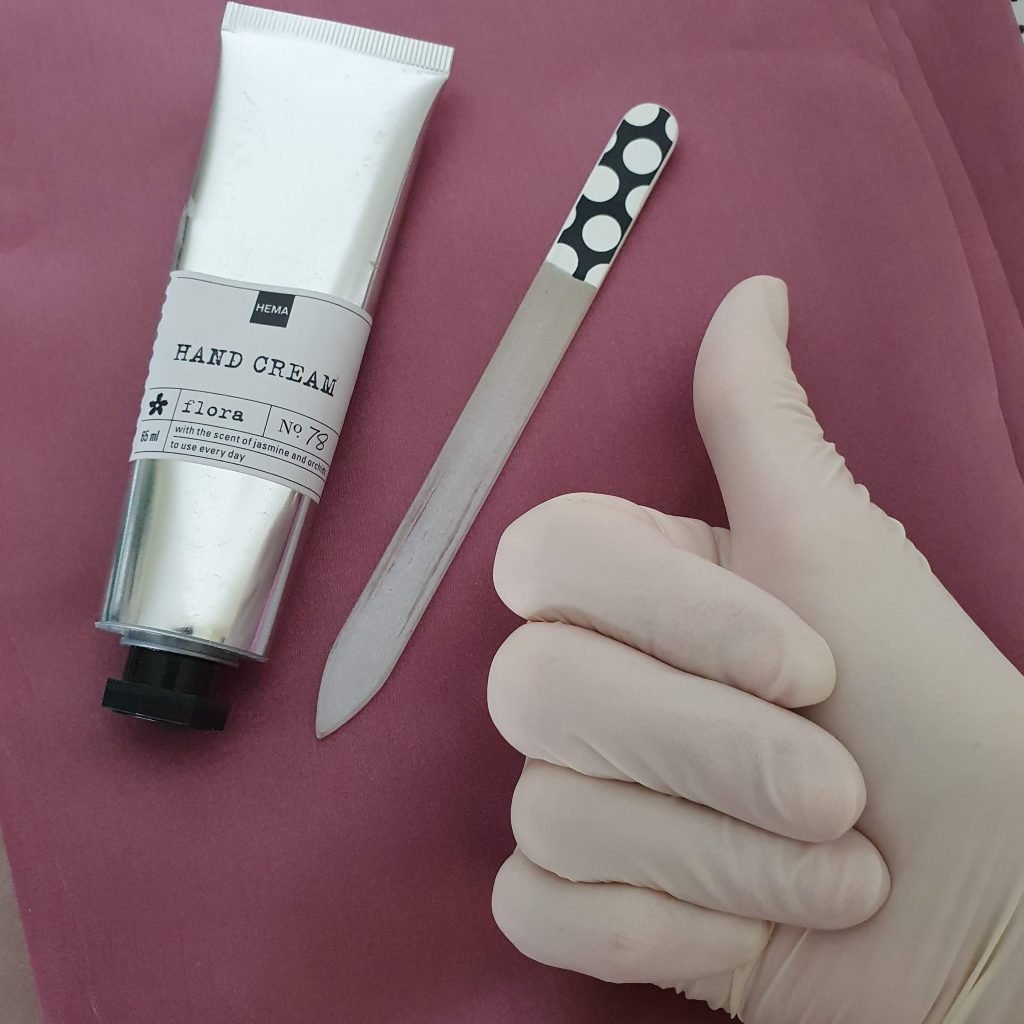
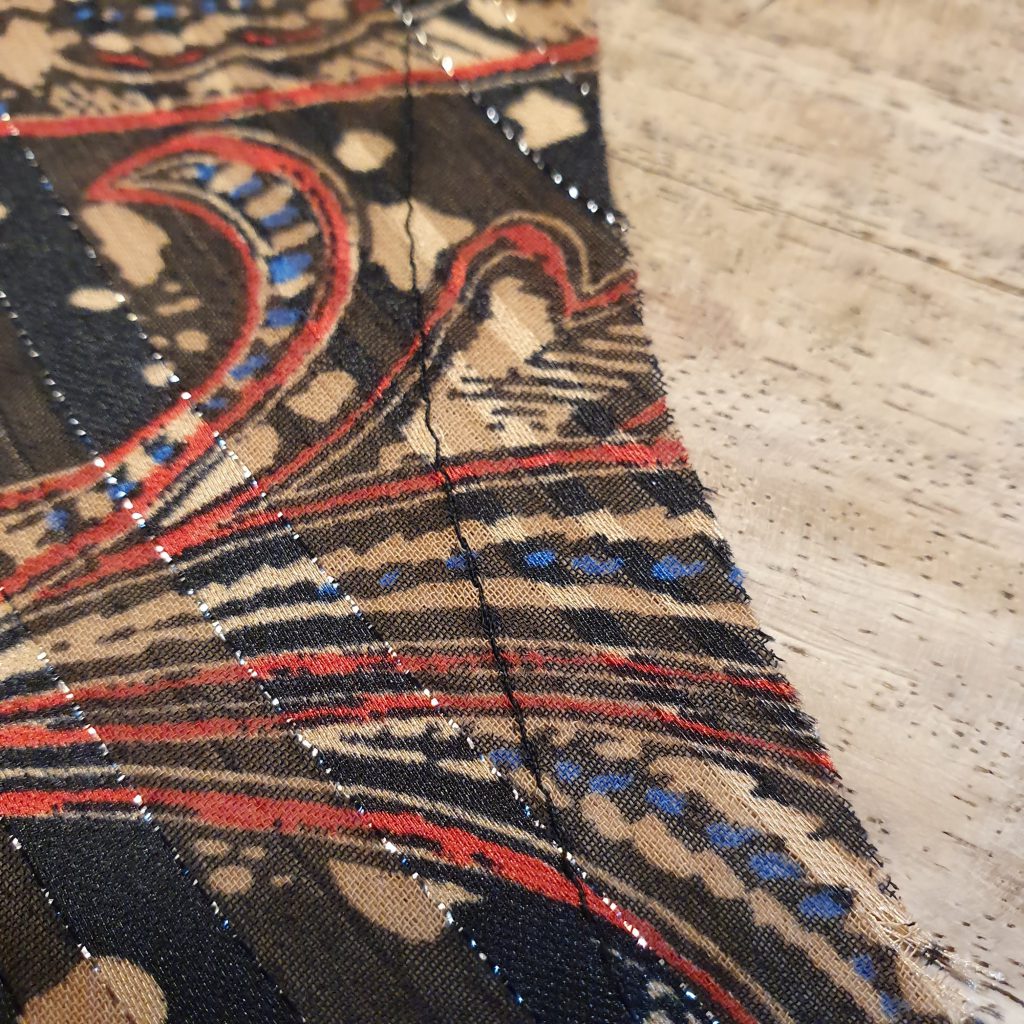
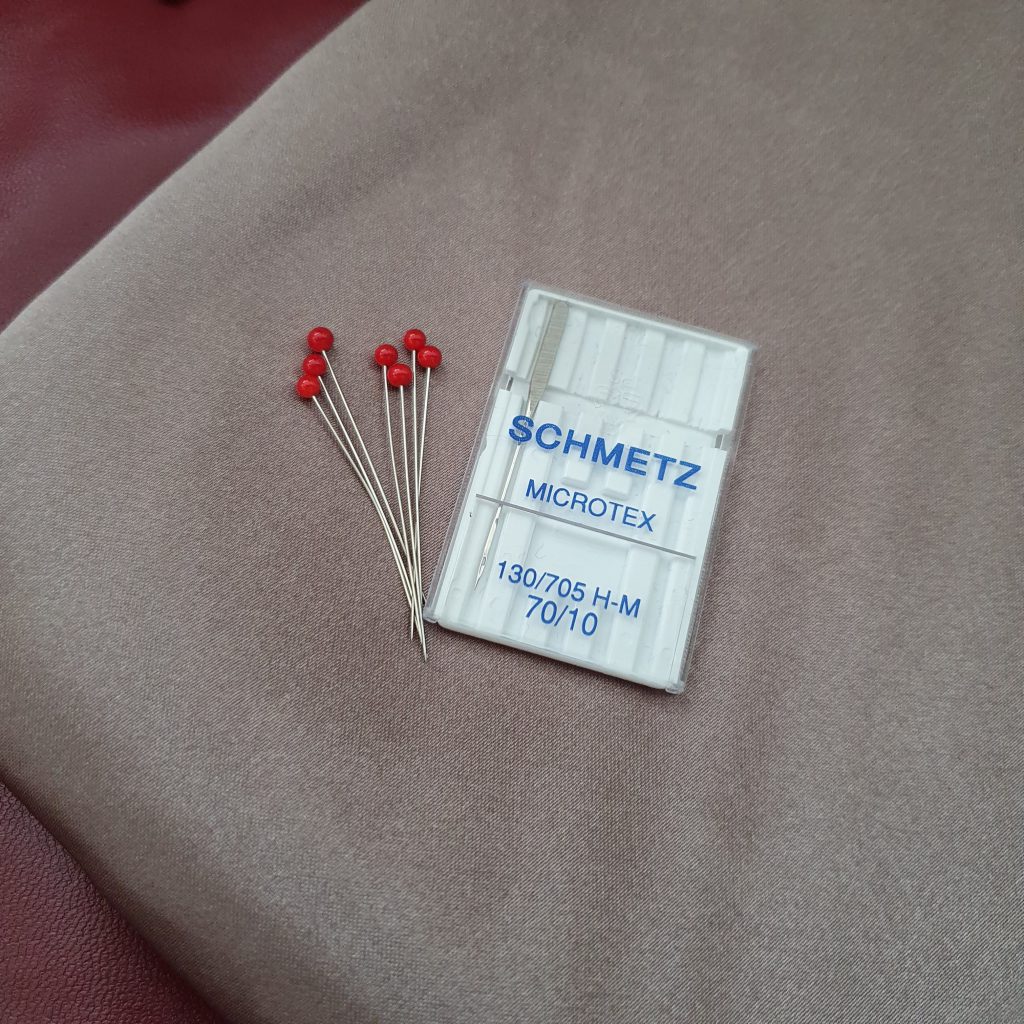
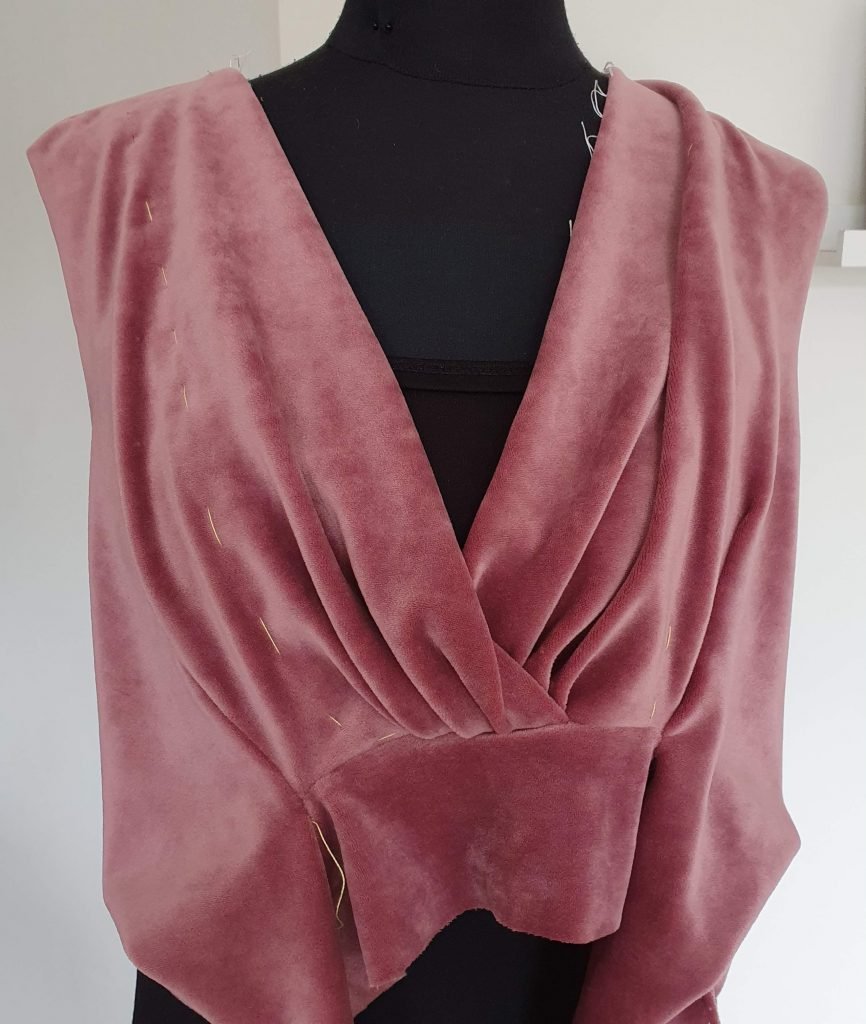
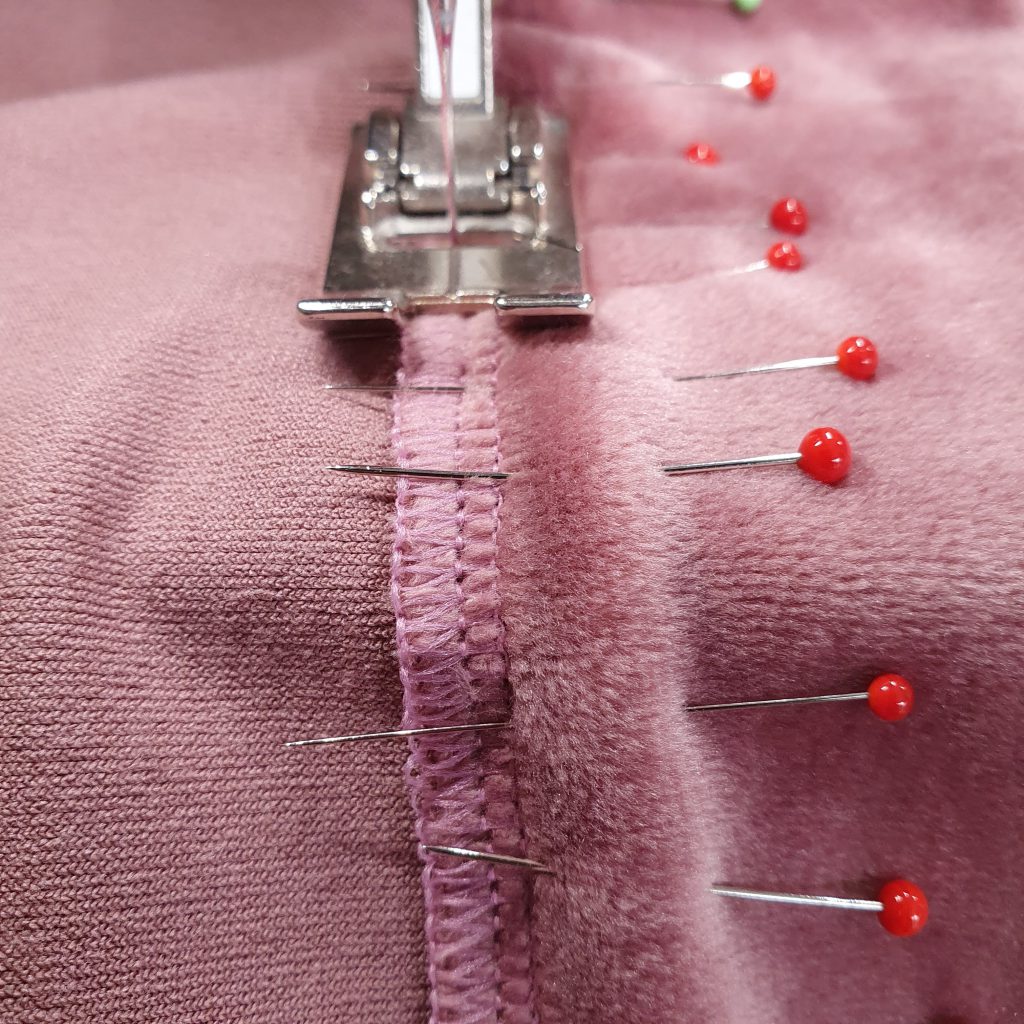
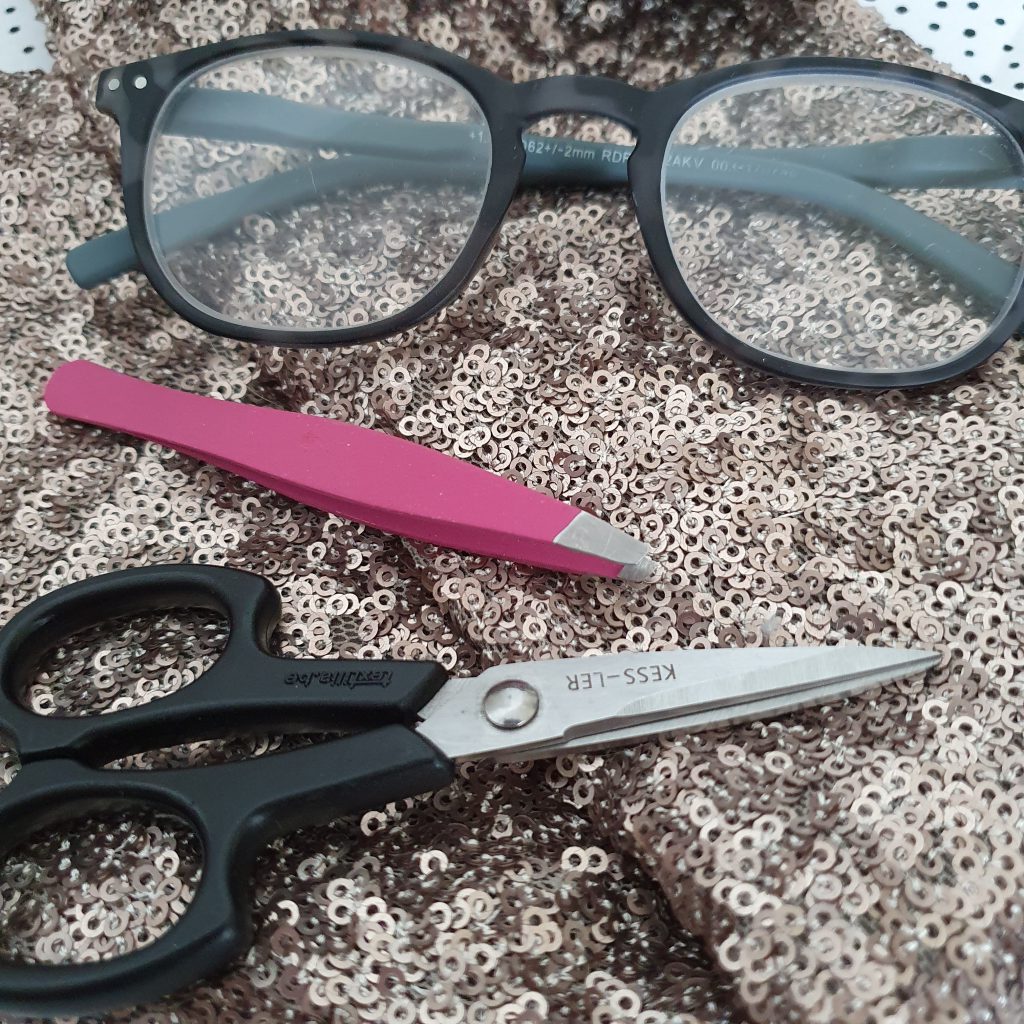
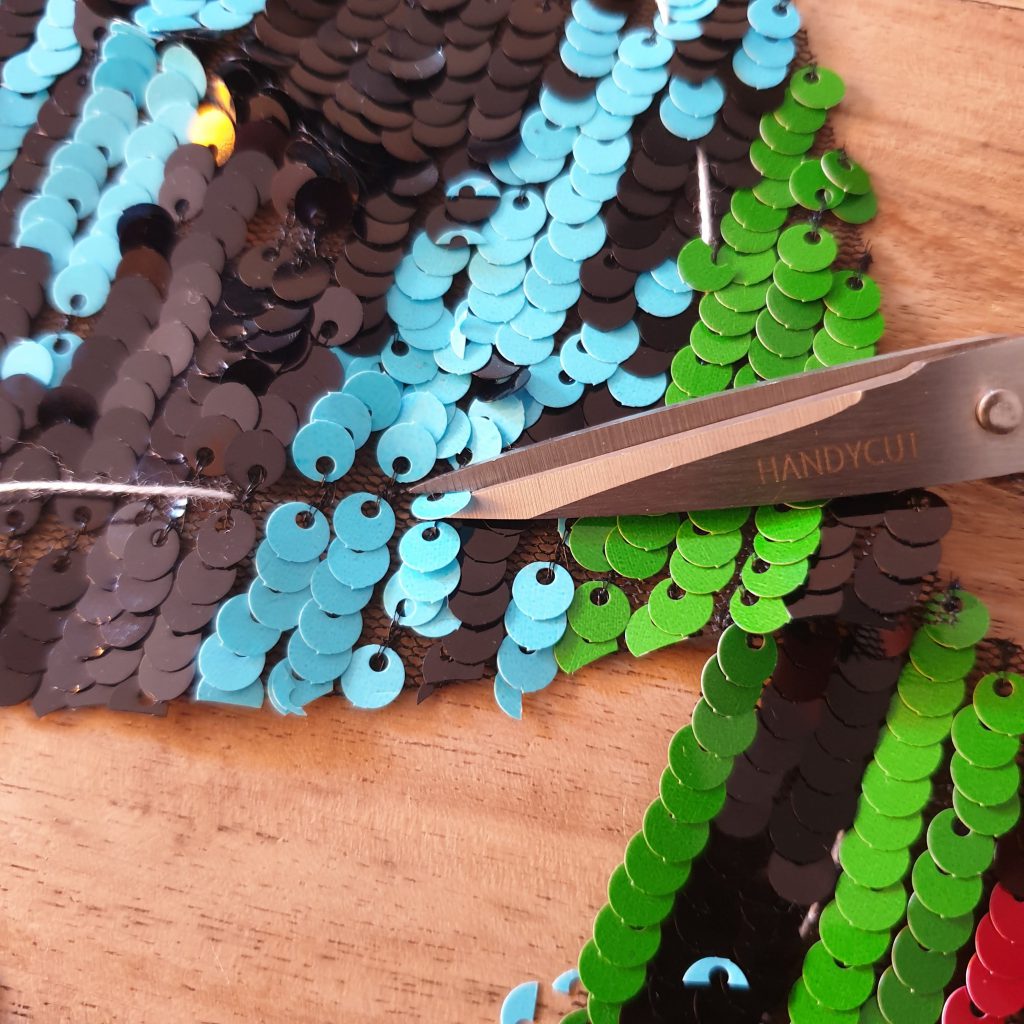
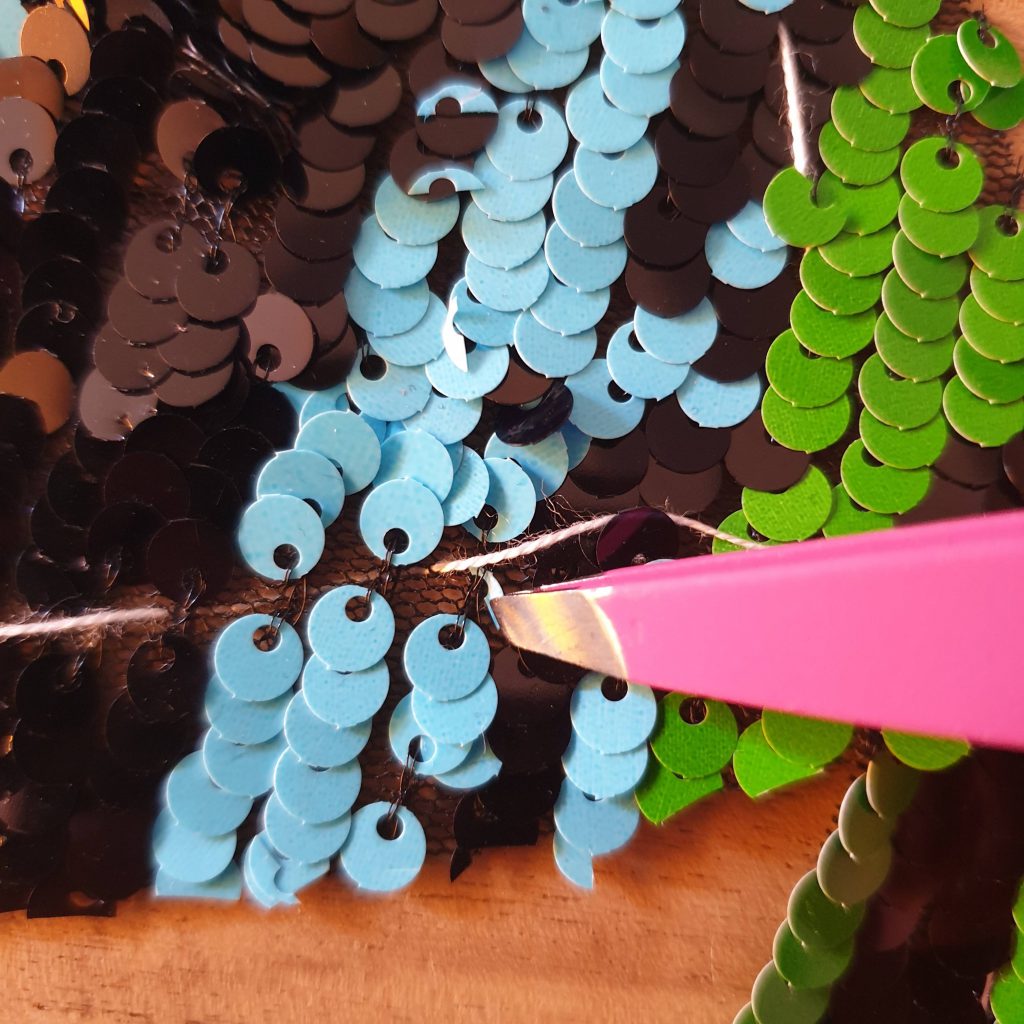
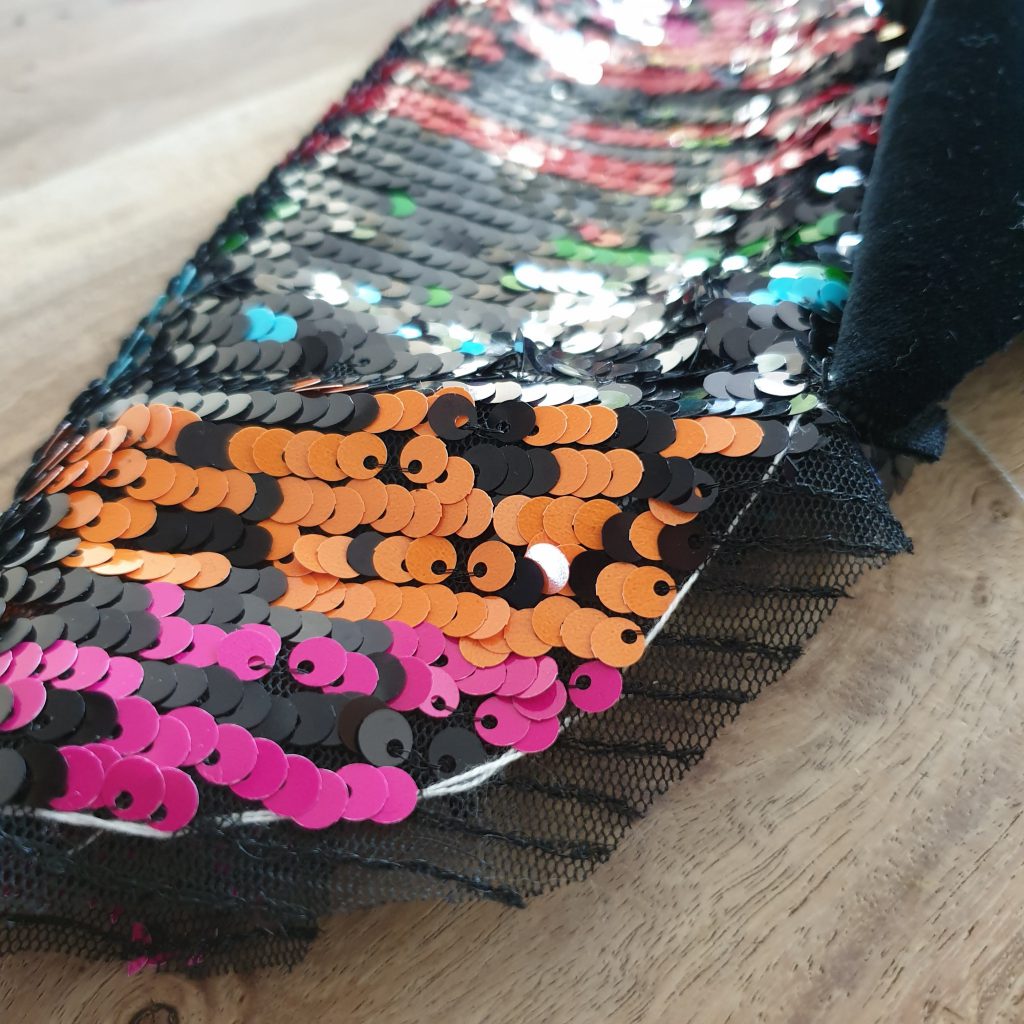
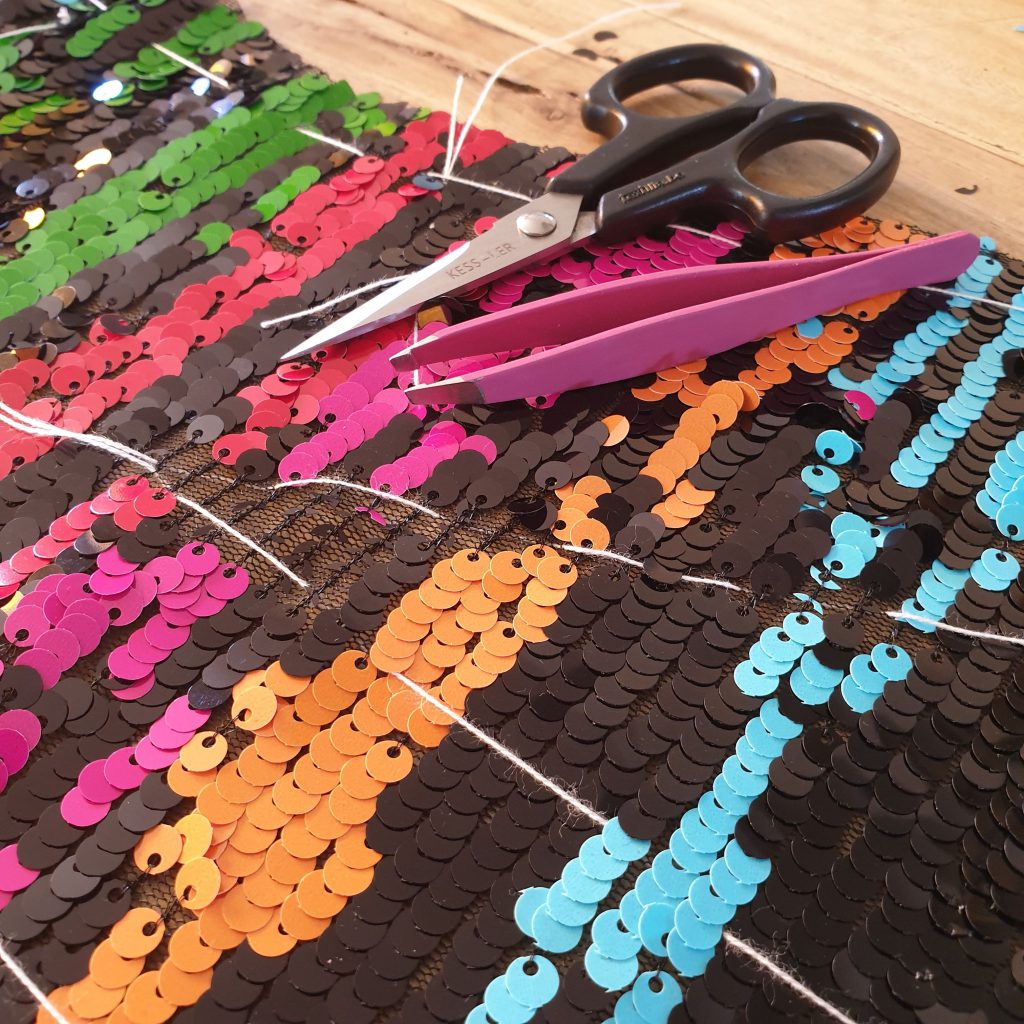
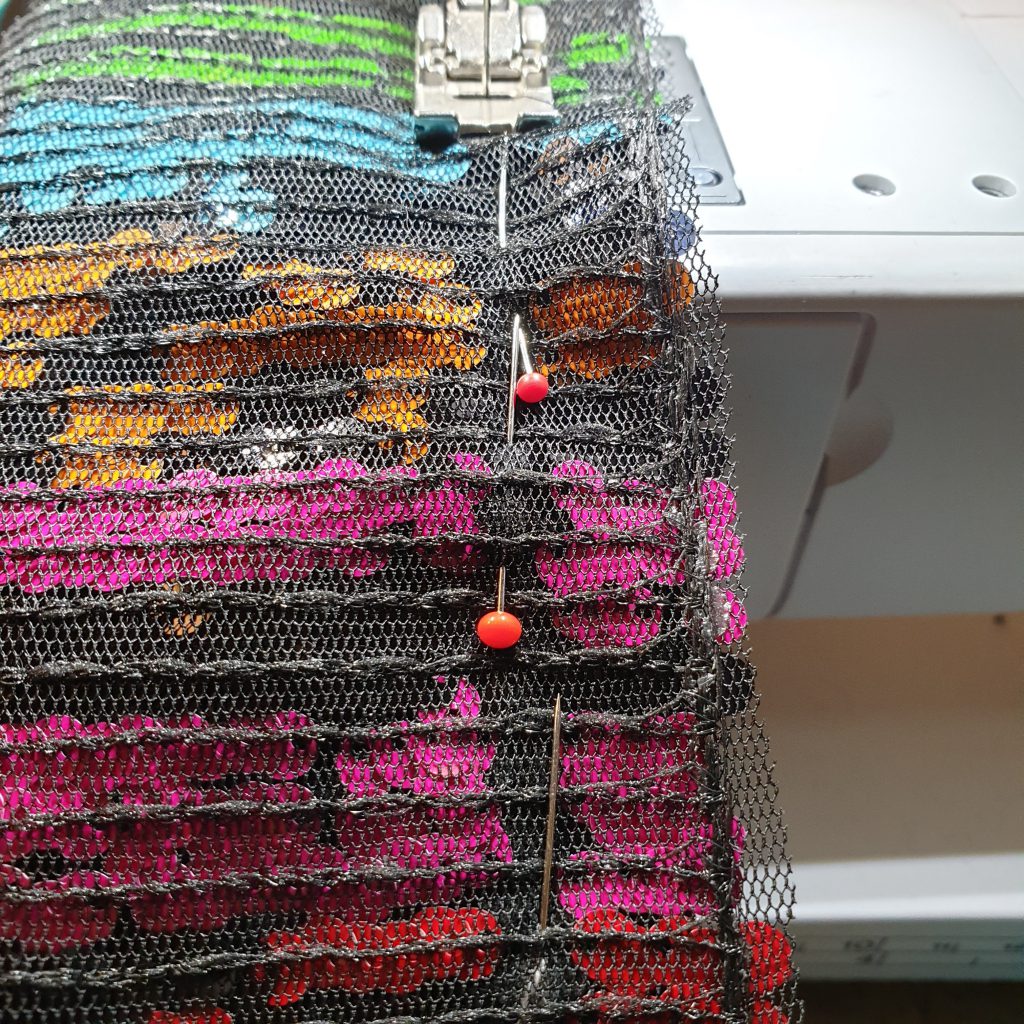

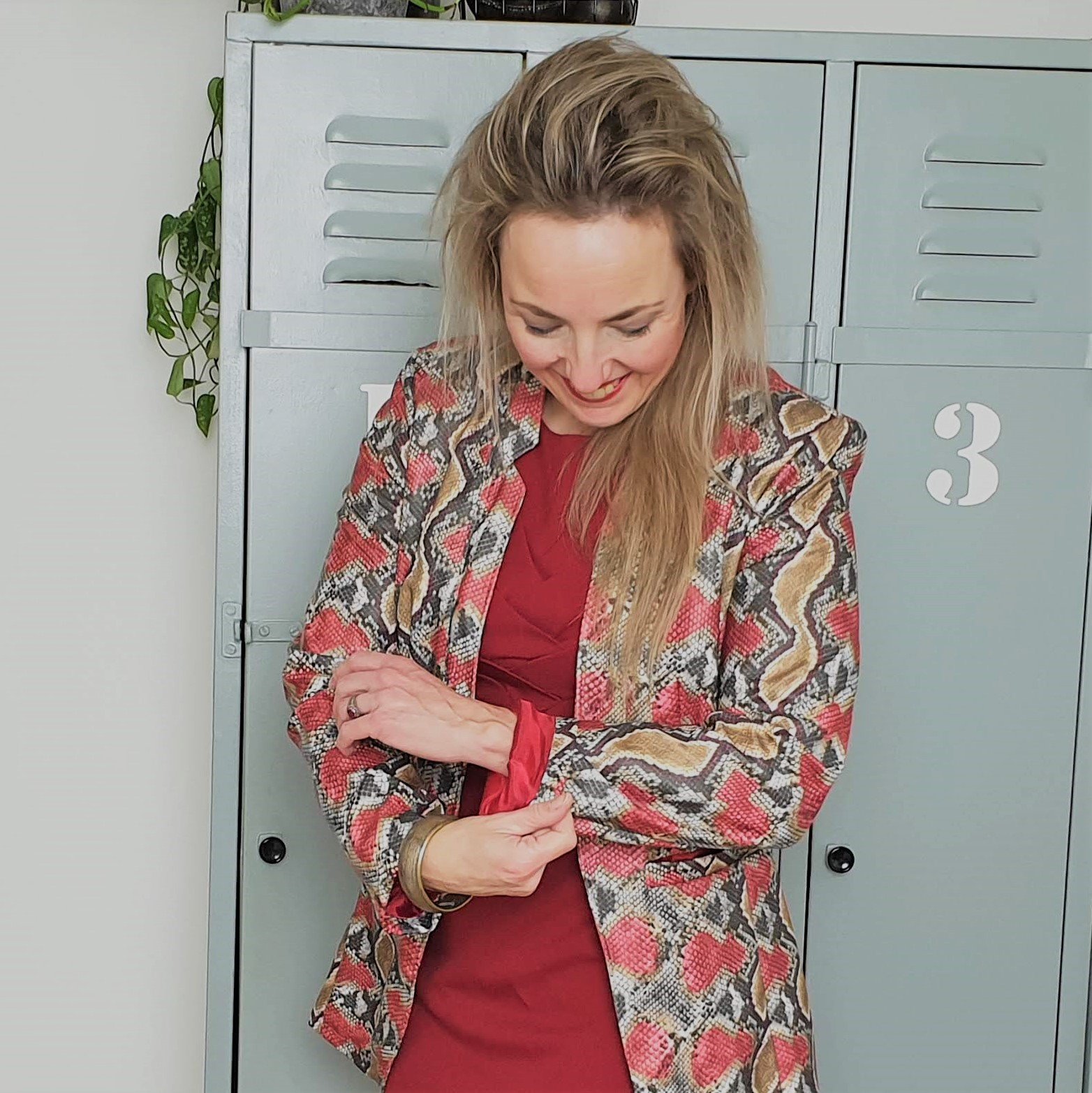
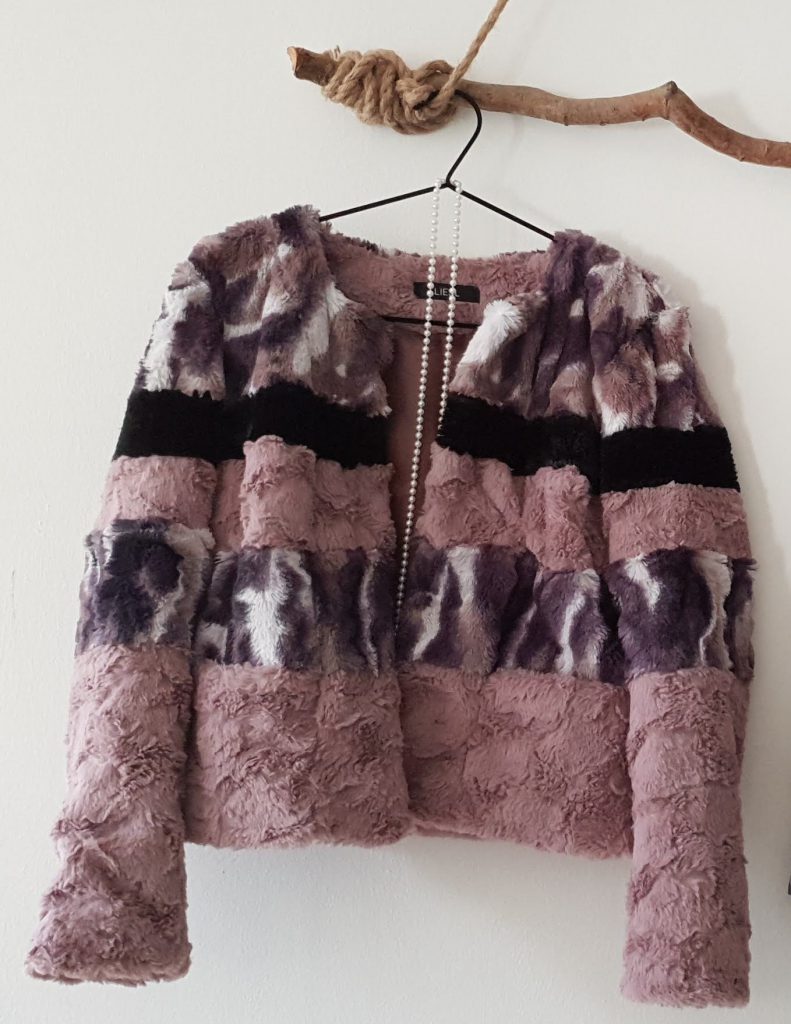
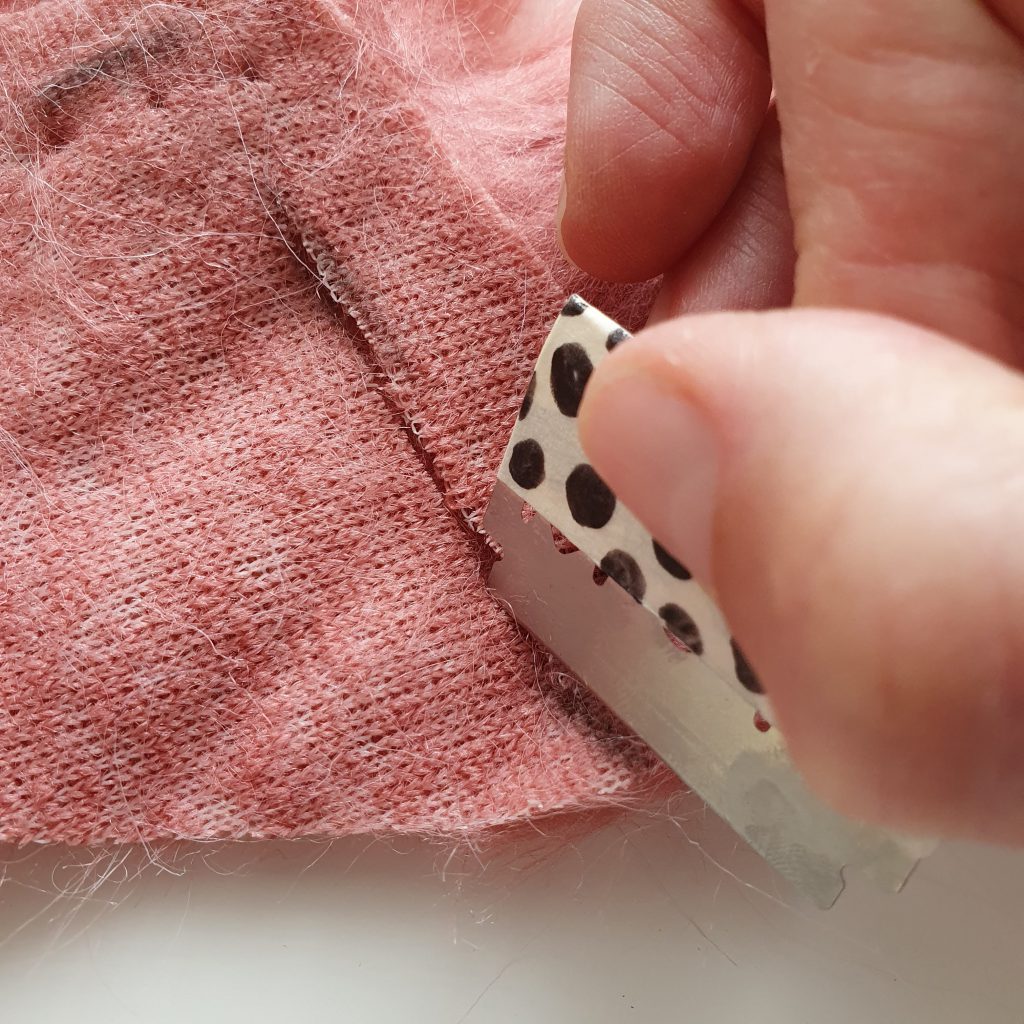
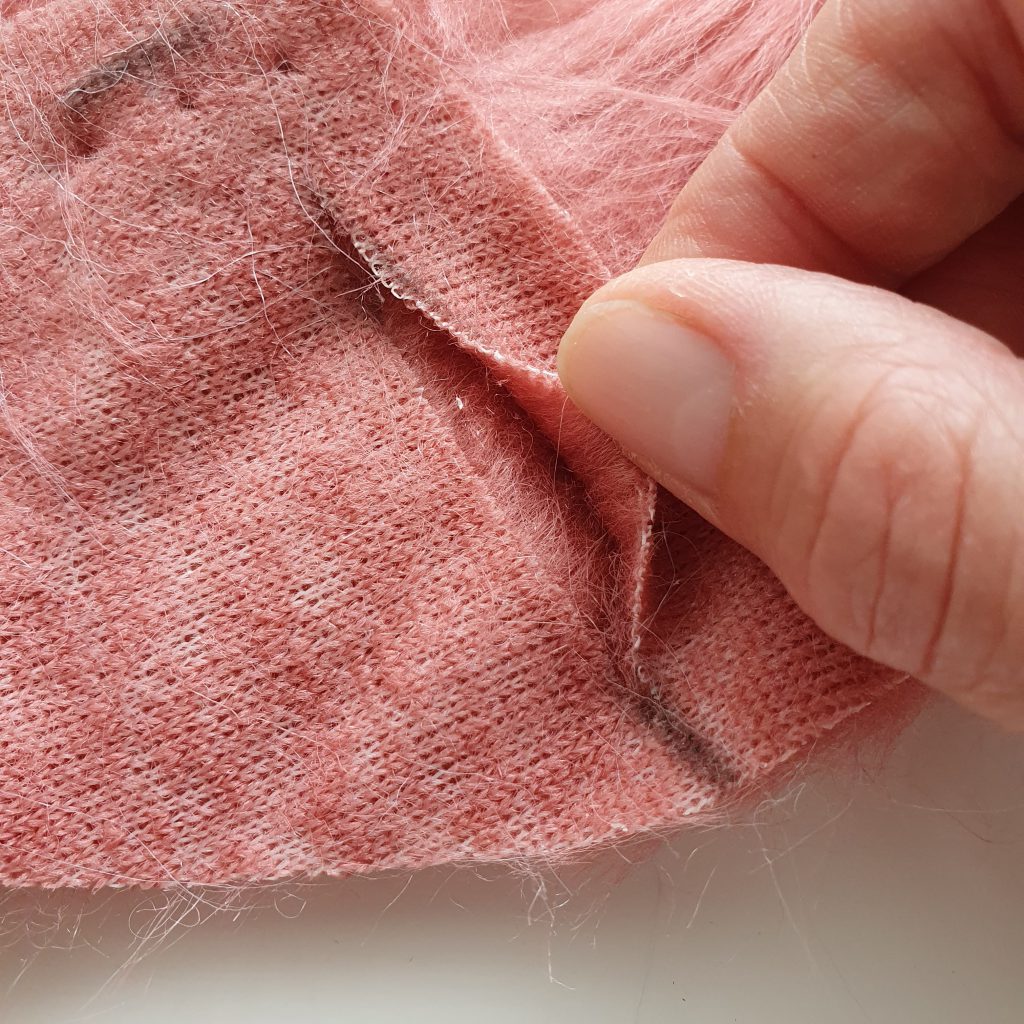
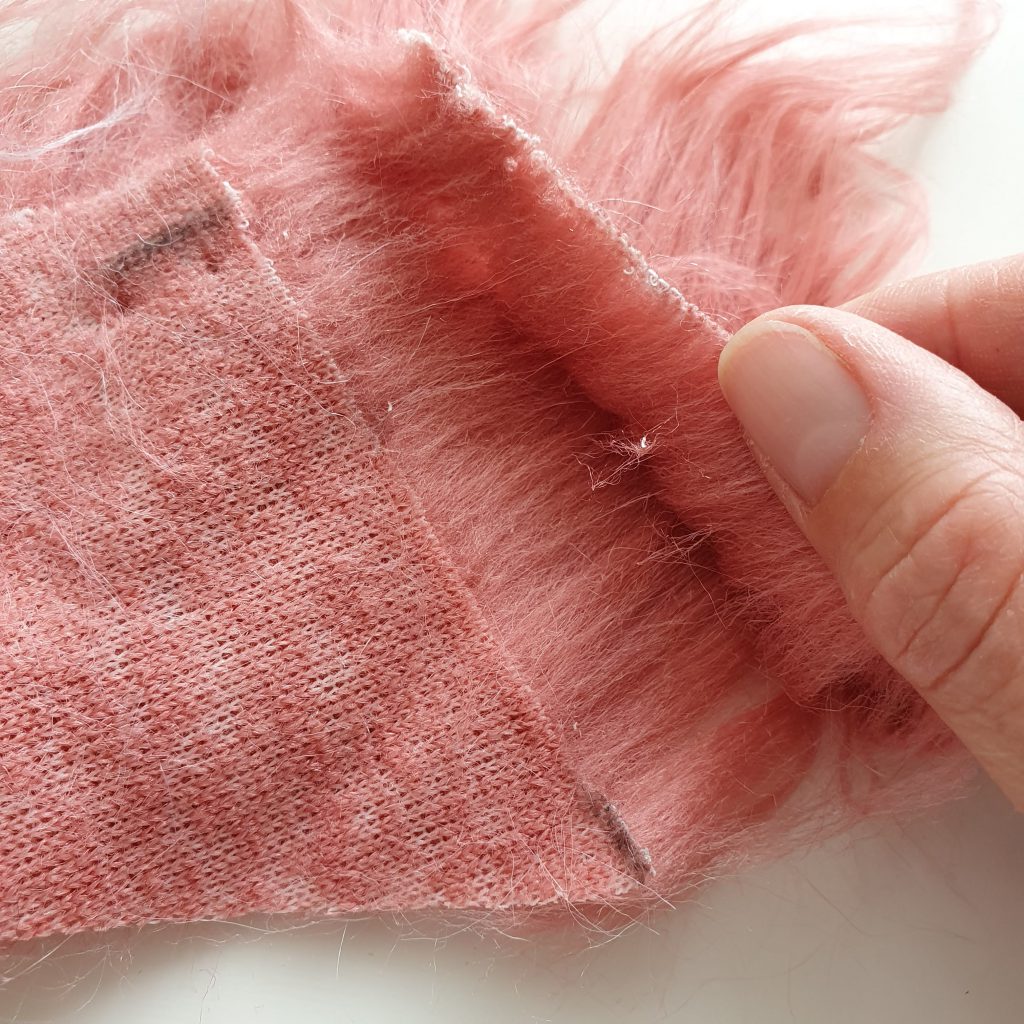
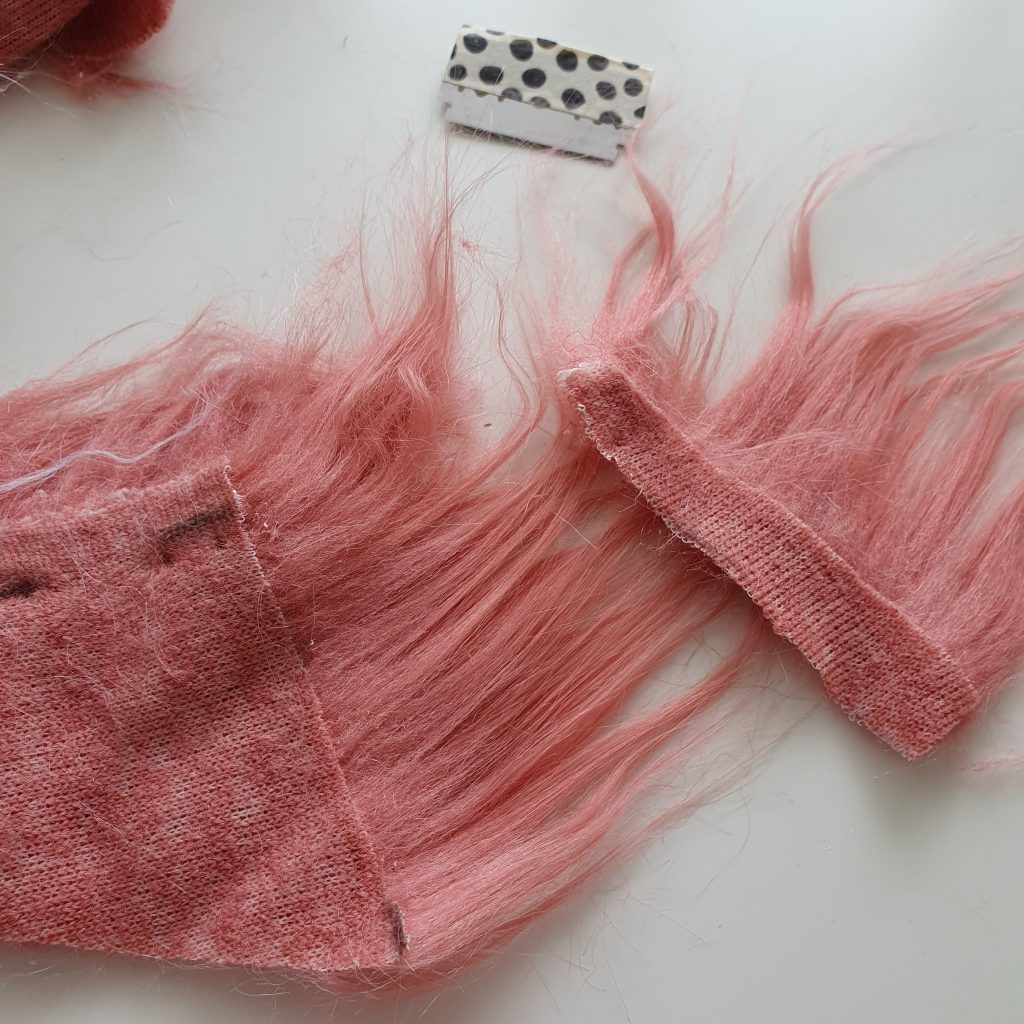
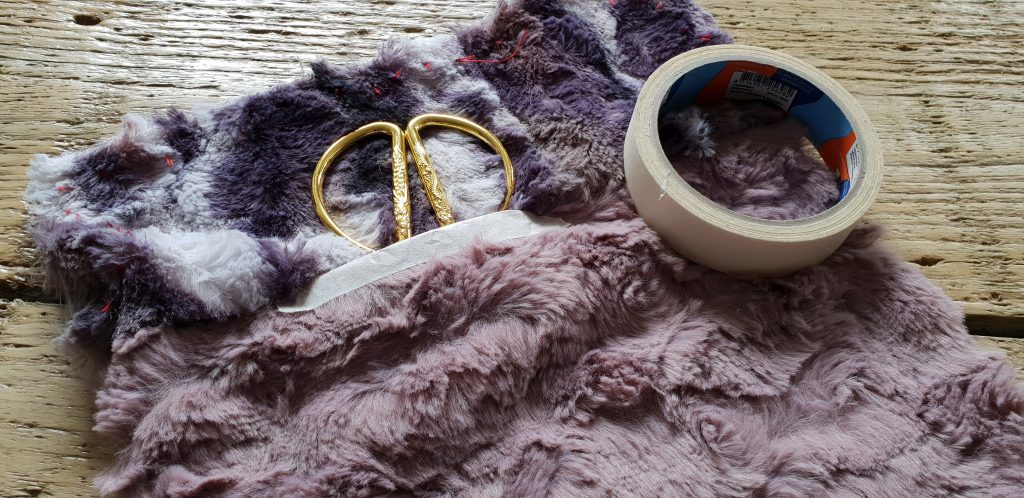
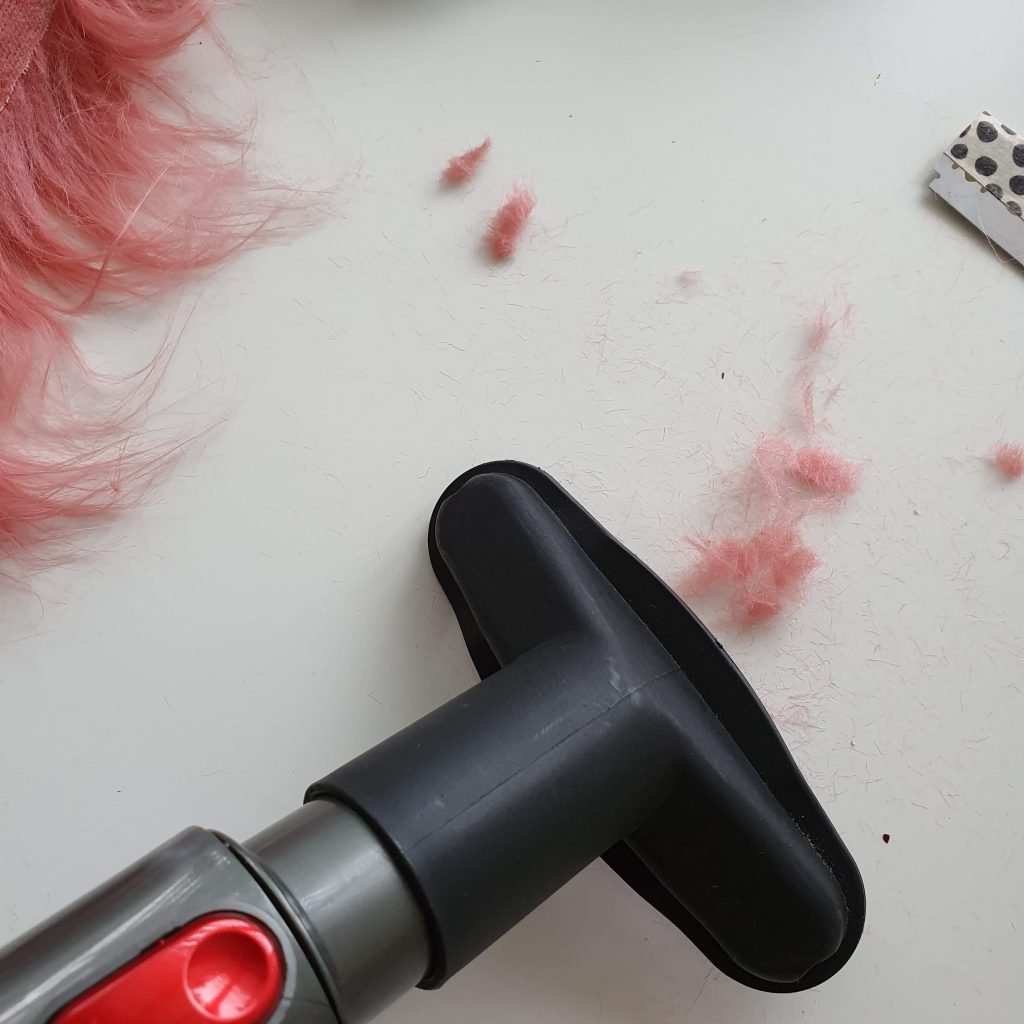
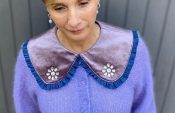

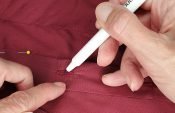
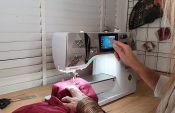
HiI read your blog. Amazing post. Like you information of cutting sewing pattern any thing. I am interested in . I am so happy.